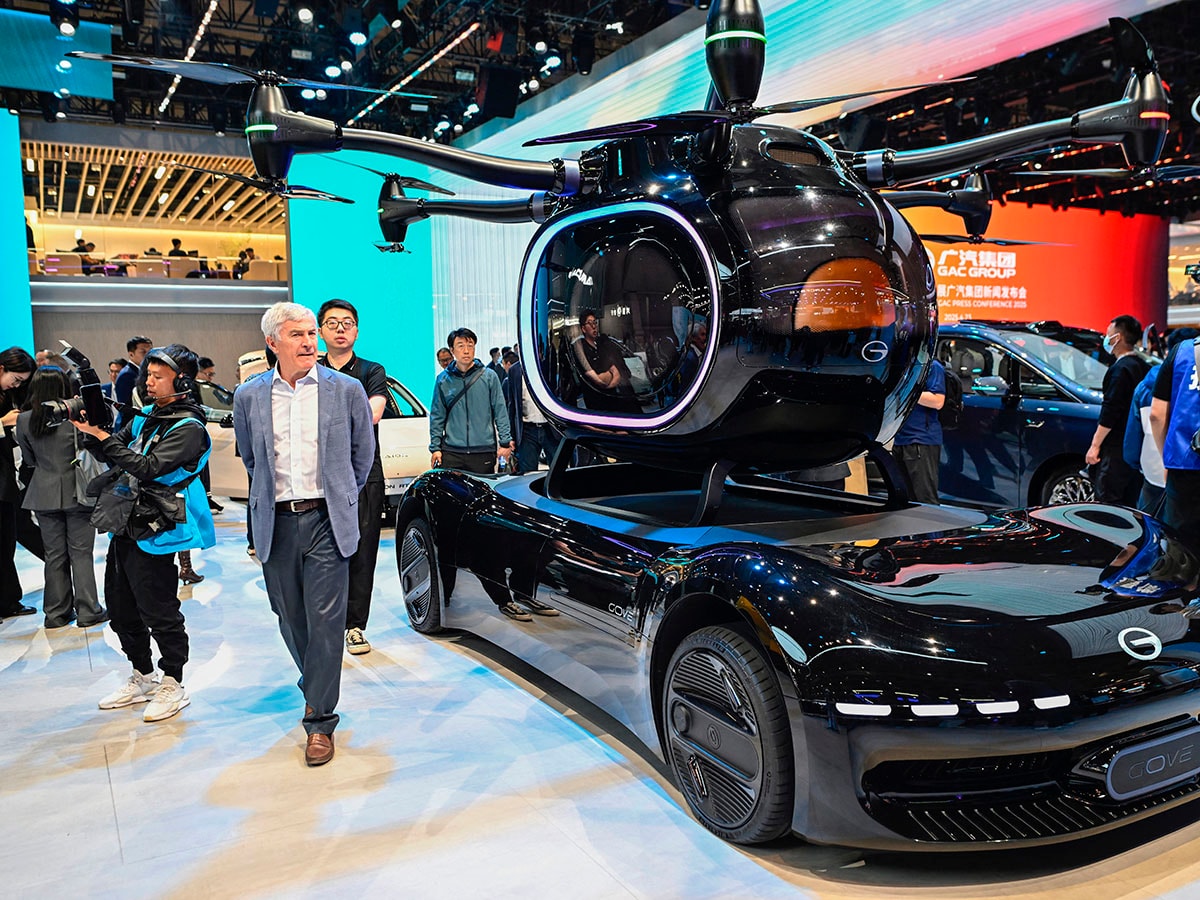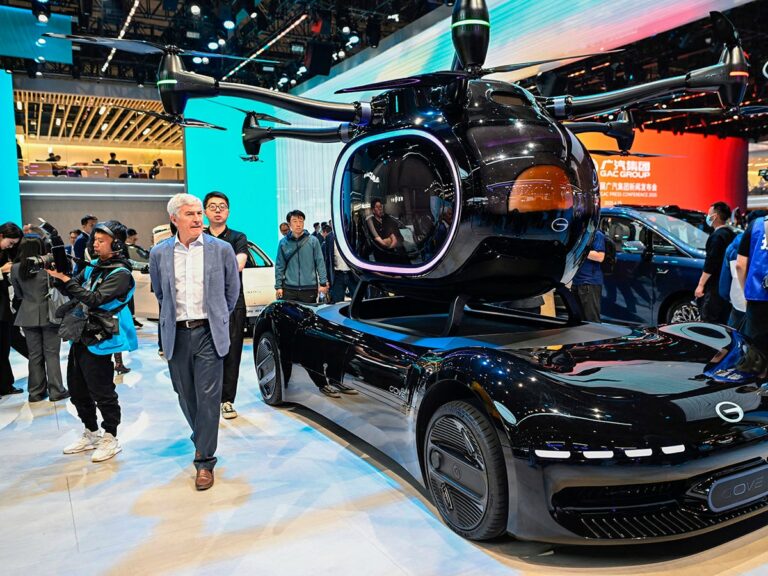Auto Shanghai 2025 Highlights
The 2025 Shanghai auto show has drawn hundreds of carmakers and equipment suppliers, showcasing the latest advancements in automotive technology. The exhibition focuses on cutting-edge features and passenger comfort, rather than traditional engine power.
Massive Screens and Connected Cars
Chinese car manufacturers are competing fiercely, equipping vehicles with screens up to 65 inches wide for each passenger. These screens can be mounted in various locations, including the dashboard, doors, sun visors, and even the car bonnet. Electronics giants Huawei and Xiaomi are targeting younger customers who easily connect their smartphones to their vehicles.

European automakers are responding with their own innovations. Volkswagen’s China-focused brand AUDI has introduced a model with a screen occupying the entire dashboard. When stationary, these screens can be used for entertainment purposes like watching videos or singing karaoke. Advanced driving systems enable semi-autonomous travel, allowing drivers to take their hands off the steering wheel except in emergencies.
Enhanced Interior Comfort
Chinese consumers prioritize interior comfort more than other markets. Luxury minivans with chrome radiator grilles and reclining rear seats were popular among visitors. Mercedes unveiled its next-generation luxury electric minivan, the Vision V, featuring aluminum seats, wood and silk trim, and a retractable cinema screen.
According to McKinsey, lifestyle features such as fridges, televisions, and reclining seats are in high demand in China. Top-spec suspension and rear-wheel steering that enhance driving comfort are also sought after. As vehicle prices increase, so does consumer demand for these premium features.
Emerging eVTOL Technology
The auto show also featured propeller-powered flying taxis, known as electric vertical take-off and landing (eVTOL) technology. While still in the prototype stage, eVTOL aims to transport multiple passengers simultaneously. CATL, the world’s leading battery manufacturer, showcased its eVTOL concept and announced a significant investment in AutoFlight, a Chinese eVTOL startup.
Traditional manufacturers like Hongqi, known for supplying limousines to China’s leader, have also entered the eVTOL space. Hongqi presented a “flying car” concept for two passengers, claiming a range of 200 kilometers before testing this year. China’s progress in eVTOL technology puts it in direct competition with US players, while European companies struggle to keep pace.
Conclusion
The Auto Shanghai 2025 exhibition demonstrates the rapid evolution of the automotive industry, with a focus on technology, comfort, and innovative transportation solutions. As the industry continues to advance, consumers can expect more sophisticated features and potentially revolutionary changes in transportation.



